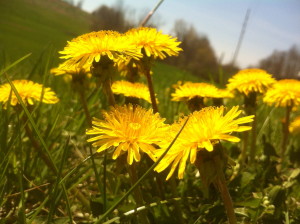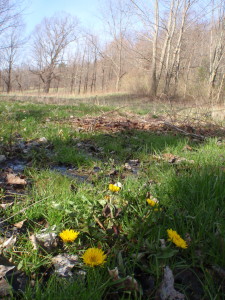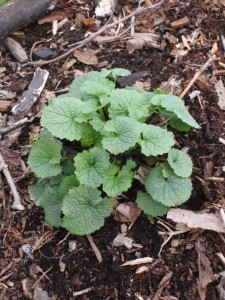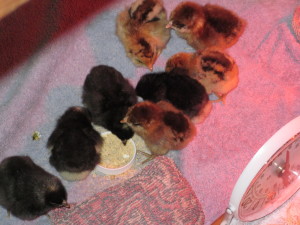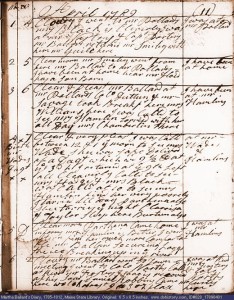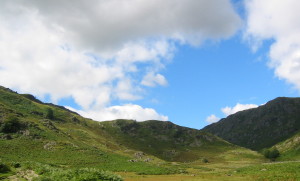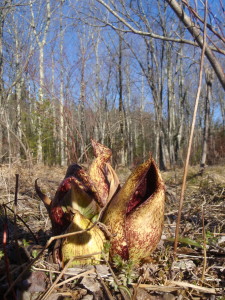wake robin
This morning I glimpsed a grouping of wake robins, or trillium, out of the corner of my eye on my morning walk, and my mind jumped back to another walk.
One May day, we were invited to Emily Ramey’s for a wild flower walk and luncheon. She led us across her beautiful spring green field and into the woods. It was magical, with the hillsides covered with trilliums–white, pink, red–high lit by the dappled sun coming through the new leaves. We walked amongst may apples and lady slippers. Now I realize that this was virgin forest, as there were hundreds of trilliums on the land that she watched and tended.
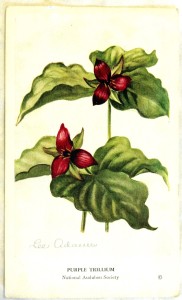
vintage wildflower card foraged from the 25 cent table at my favorite thrift store
After the walk, we were treated to a spring lunch–biscuits, corn pudding, country cured ham, peas and iced tea with lime-juice as a sweetener. To me, the lime-juice was exotic.
Mrs. Ramey knew the land like the back of her hand. She was petite, not more than five fee tall, and wore skirts with sensible shoes. She mowed the fields on the large tractor, cared for her cattle and raised the crops to feed them.
